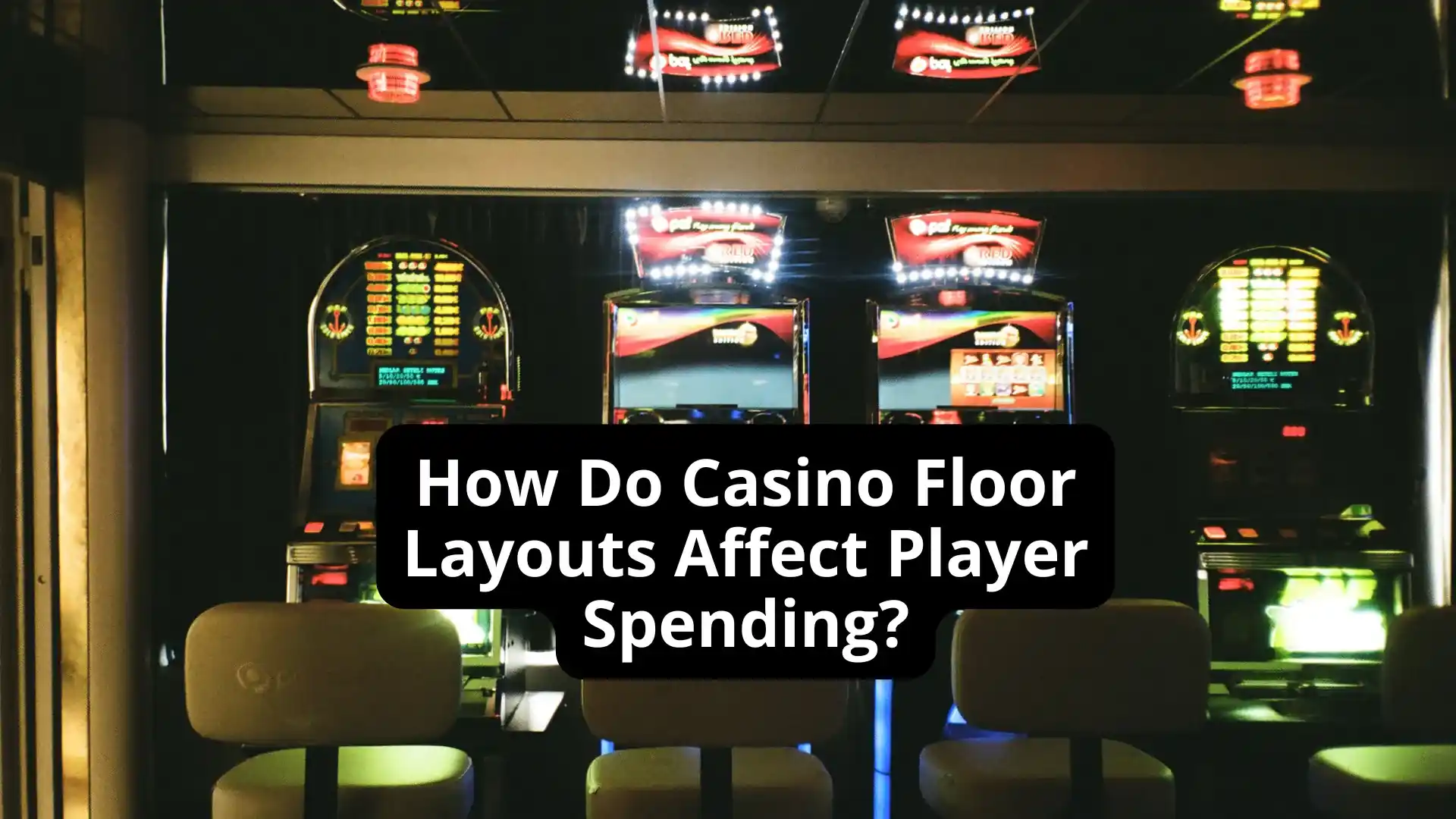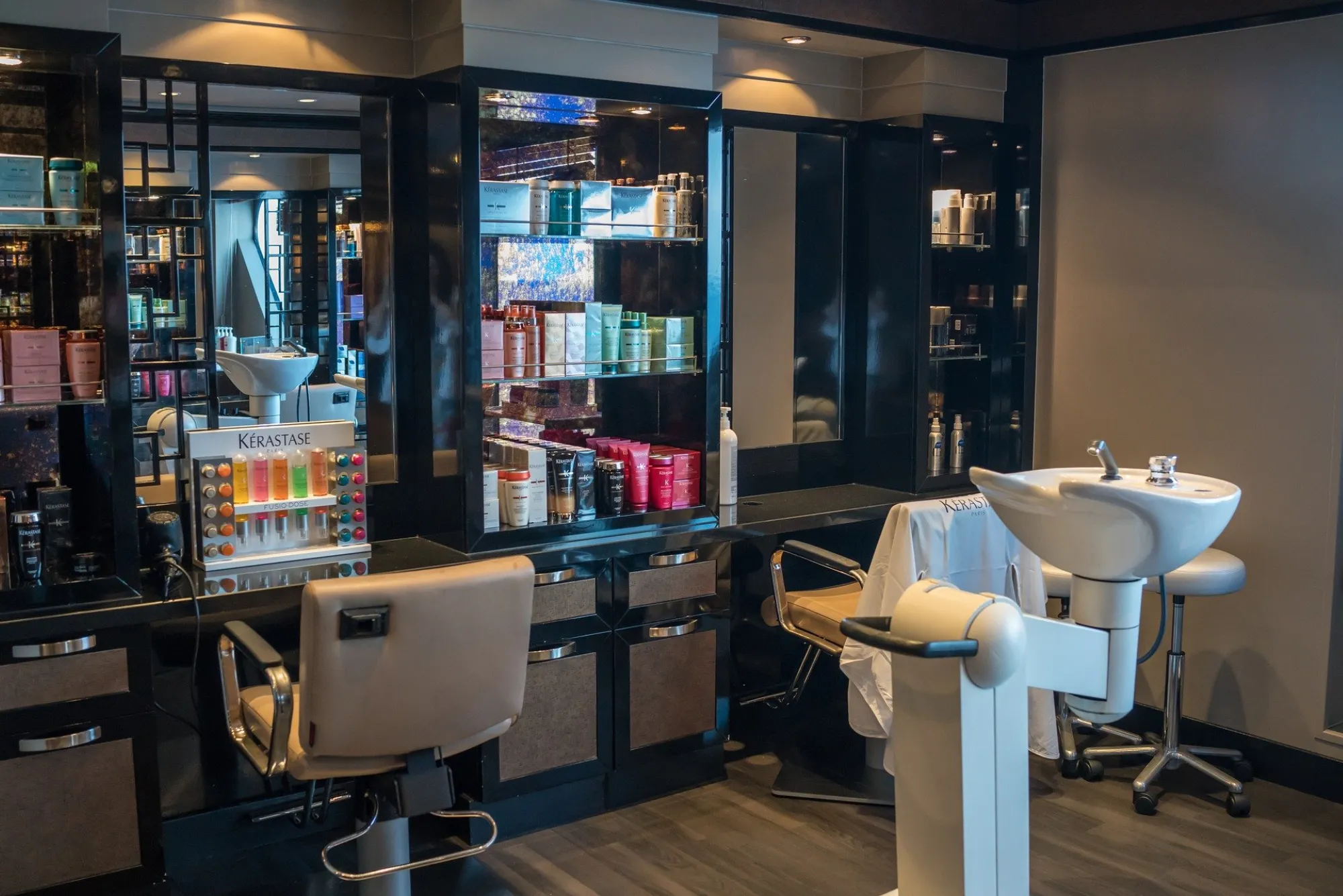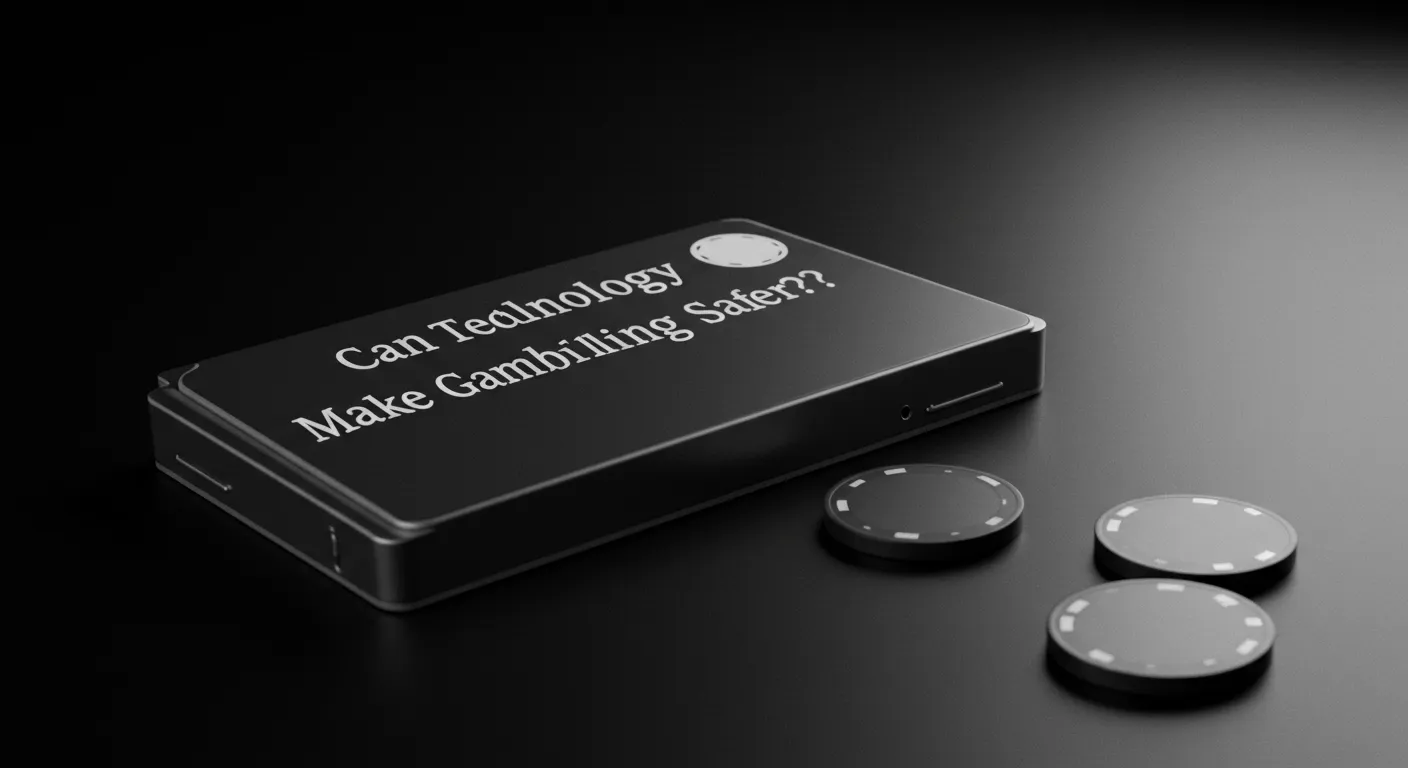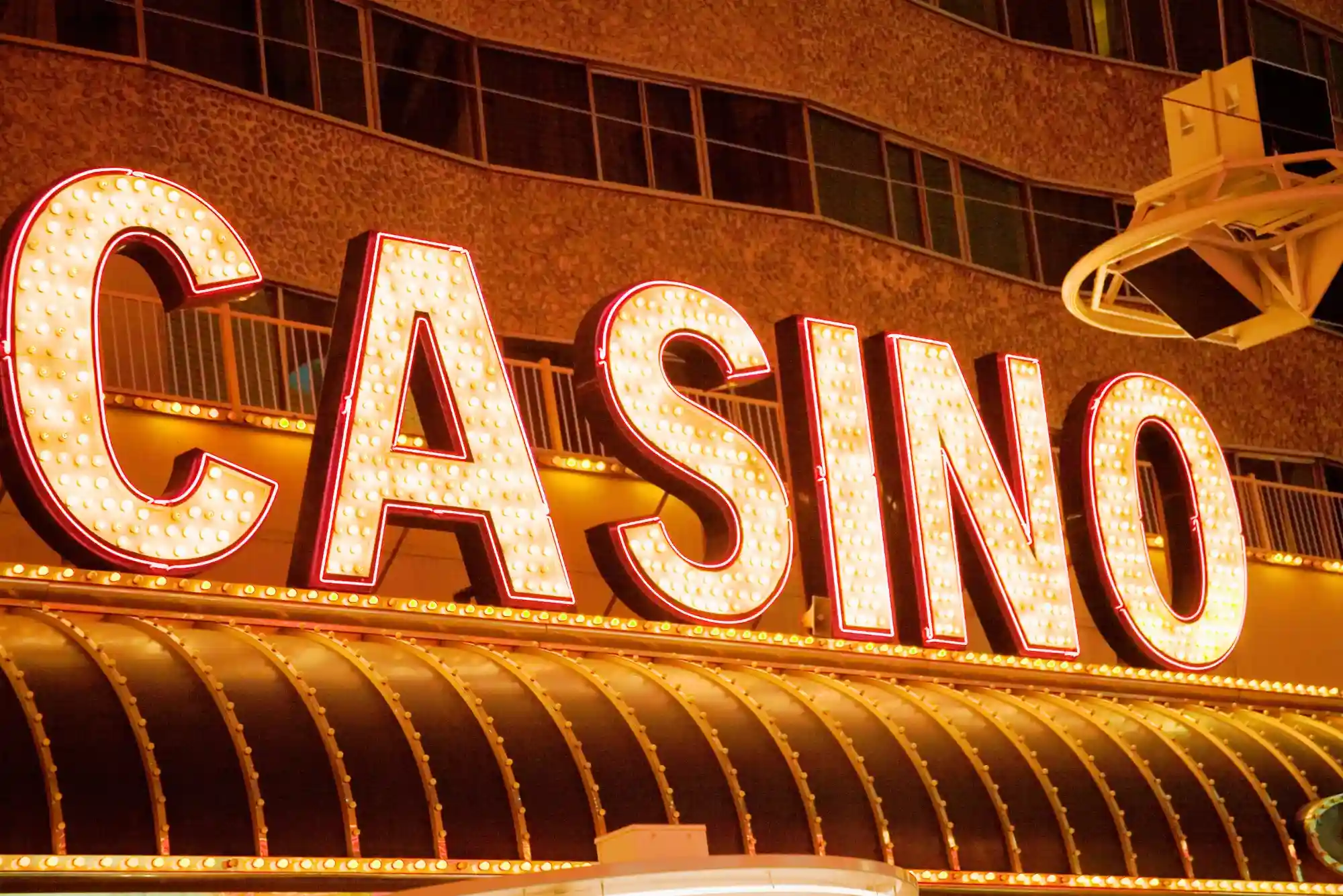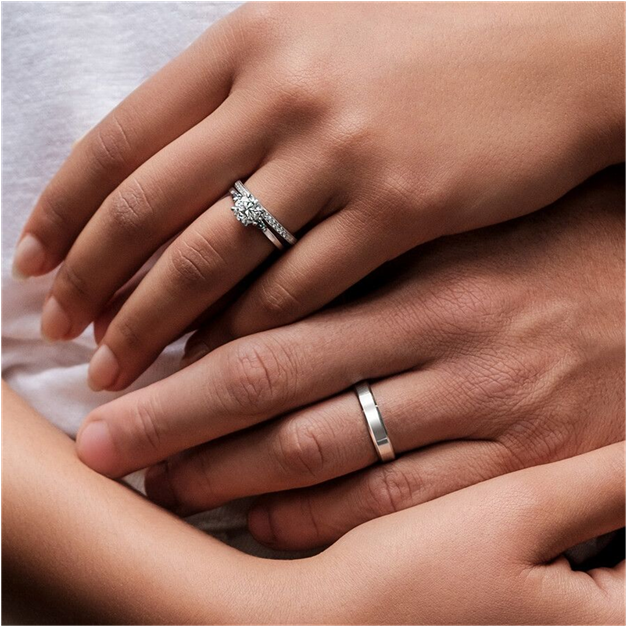When you step into a casino, the flashing lights, rhythmic sounds, and buzzing energy aren’t the only things designed to capture your attention. The entire floor layout — from the placement of slot machines to the winding paths that lead to table games — has been carefully planned to influence how much time and money players spend. Casinos invest heavily in design psychology, and for good reason: layout directly affects player behavior, comfort, and spending habits.
As someone who has observed both physical casinos and the way digital platforms replicate these dynamics, it’s fascinating to see how design decisions can subtly shape the gaming experience. Understanding these strategies not only reveals how casinos maximize profits but also empowers players to navigate the gaming floor with a more informed perspective.
The Psychology Behind Casino Design
Casino design is built around one central principle: keep players engaged for as long as possible. Every corner of a casino is shaped to achieve that goal, from the carpet patterns to the positioning of machines and tables. The aim isn’t to trap players, but to create an immersive world where the outside world fades away.
Interestingly, these principles don’t just apply to land-based casinos. Players exploring slot sites uk will notice similar design philosophies, where intuitive navigation, strategic placement of games, and enticing visuals replicate the feel of a physical casino. Both physical and digital layouts are carefully engineered to encourage players to keep exploring, clicking, and spending just a little longer.
Navigating the Maze: Why Casinos Feel Endless
One of the most famous techniques in casino design is the “maze-like” layout. Instead of straightforward paths, casinos use winding walkways that encourage exploration. The idea is simple: the longer it takes you to find your destination, the more games and machines you’ll encounter along the way. Each stop along the journey is an opportunity for spontaneous play.
This concept is rooted in the psychology of discovery. When players stumble across an exciting slot machine or a lively table, they’re more likely to try it out. By removing clear exit paths and minimizing outside distractions, casinos create an environment where players lose track of time and space, leading to longer sessions and higher spending.
Strategic Placement of Slot Machines
Slot machines are often considered the heartbeat of the casino floor, and their placement is anything but random. High-traffic areas near entrances, restrooms, or bars usually feature bright, flashy machines that draw attention and act as a lure. Once inside, players encounter clusters of different themes, denominations, and styles, encouraging them to try multiple machines.
Casinos also use placement to influence perception. Machines with frequent but smaller payouts may be positioned where more people can see them, reinforcing the idea that wins are common. Meanwhile, higher-stakes machines are often tucked into quieter areas, catering to serious players who want less distraction. This blend of accessibility and exclusivity helps casinos cater to a wide range of player preferences while maximizing overall spending.
Table Games and Social Dynamics
While slot machines attract solo players, table games rely heavily on social interaction. That’s why they’re usually placed in open, central areas of the casino floor. The visibility of games like blackjack, roulette, and poker adds to the excitement, drawing in spectators who may eventually join in.
The layout also encourages a sense of community. Players feeding off the energy of a busy table are more likely to stay longer and bet more. By keeping these games visible and accessible, casinos harness the natural human desire for connection and shared experiences, turning social dynamics into a driver of spending.
The Role of Lighting, Sound, and Atmosphere
Floor layout isn’t just about where the games are placed; it’s also about how the environment is crafted. Casinos use lighting, soundscapes, and décor to maintain a sense of energy and excitement. Bright lights highlight winning machines, while background music maintains a steady rhythm that encourages focus without distraction.
Even subtle design choices, like the absence of clocks and windows, are deliberate. By removing time cues, casinos help players stay immersed, often leading to longer play sessions. Combined with layout, these atmospheric details create an environment where spending feels like part of the natural flow.
Food, Drink, and Player Flow
Casinos also understand the importance of amenities. Restaurants, bars, and lounges are strategically placed to keep players circulating through gaming areas. Rather than isolating dining facilities, casinos often integrate them into or around the floor layout, ensuring that players encounter more gaming opportunities on their way to grab a drink or meal.
Even the location of restrooms is intentional. By placing them deeper inside the casino, players must walk past rows of machines or tables, increasing the chance of impulsive play. This flow design ensures that every essential stop becomes another opportunity for spending.
Online vs. Offline Layouts: A Shared Strategy
What’s striking is how much of this translates to online platforms. Digital casinos and slot sites replicate many of the same psychological triggers through their virtual layouts. Game lobbies are designed like casino floors, with popular or trending titles displayed prominently, and new releases strategically highlighted to catch a player’s eye.
Just as a physical layout can guide you toward certain machines or tables, digital design uses navigation menus, suggested games, and bonus prompts to keep players engaged. In both cases, the underlying principle remains the same: encourage exploration, prolong engagement, and increase overall spending.
Responsible Gaming in a Designed Environment
Of course, these strategies raise important questions about responsible gambling. If layouts are designed to maximize spending, how can players protect themselves? Awareness is the first step. Recognizing that casino design is intentional can help players set boundaries and manage their time and money more effectively.
Casinos themselves are increasingly incorporating responsible gaming measures into their designs, both physical and digital. Features like spending limits, break reminders, and clear signage help balance business goals with player wellbeing. For players, being mindful of the environment’s influence ensures that the gaming experience remains enjoyable rather than overwhelming.
Conclusion
Casino floor layouts are far more than a matter of aesthetics. Every design choice — from the positioning of slot machines to the placement of restrooms — is intended to influence how players move, feel, and spend. The goal is to create an immersive environment where time fades and spending feels natural.
By understanding these strategies, players can approach both physical casinos and digital platforms with greater awareness. While design will always play a role in shaping behavior, informed players can enjoy the thrill of the experience while maintaining control over their choices.
Casinos may master the art of influence, but ultimately, the decision of how much time and money to spend always rests in the hands of the player.


